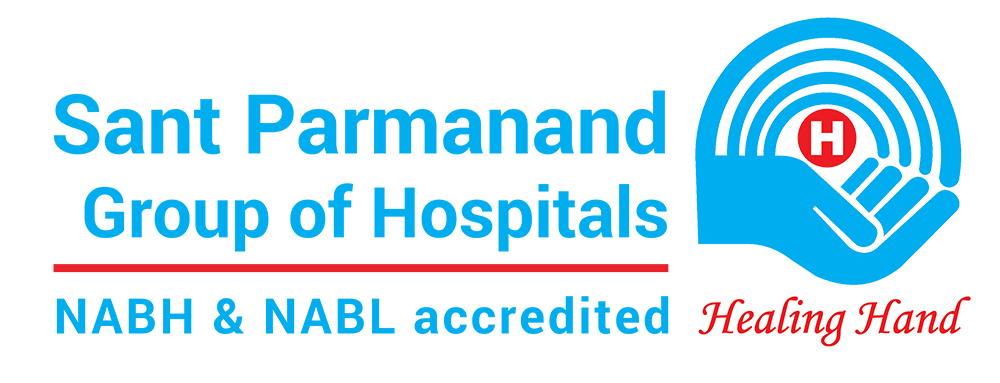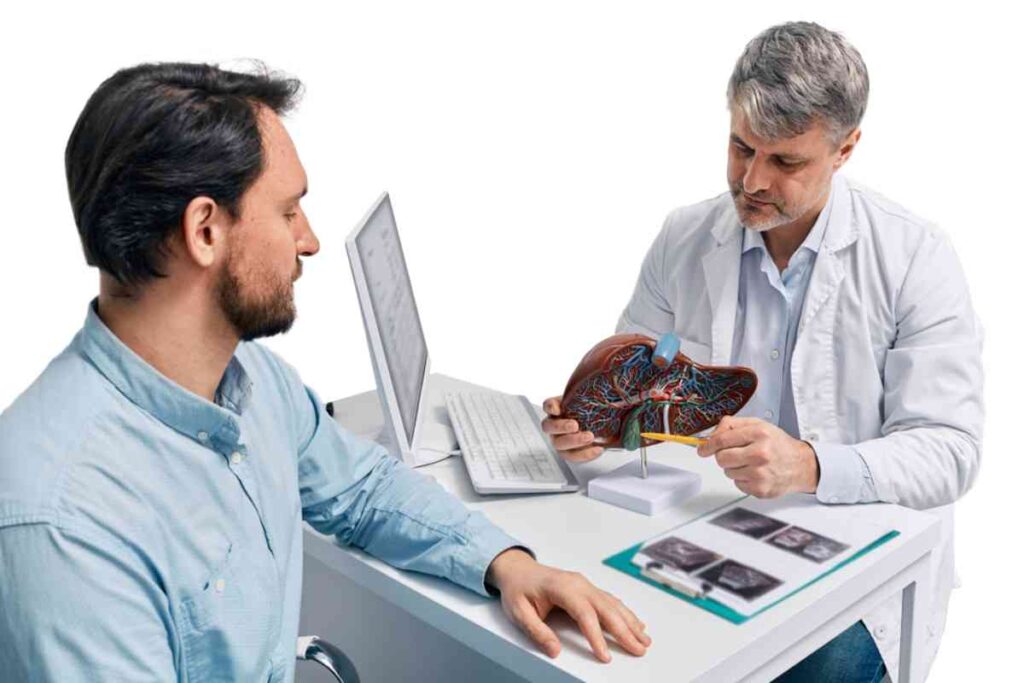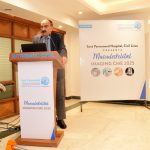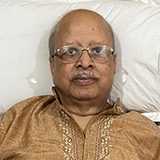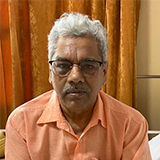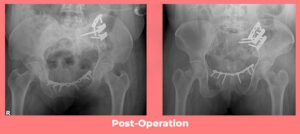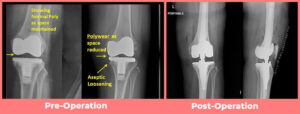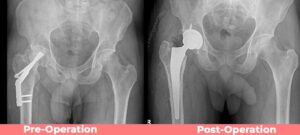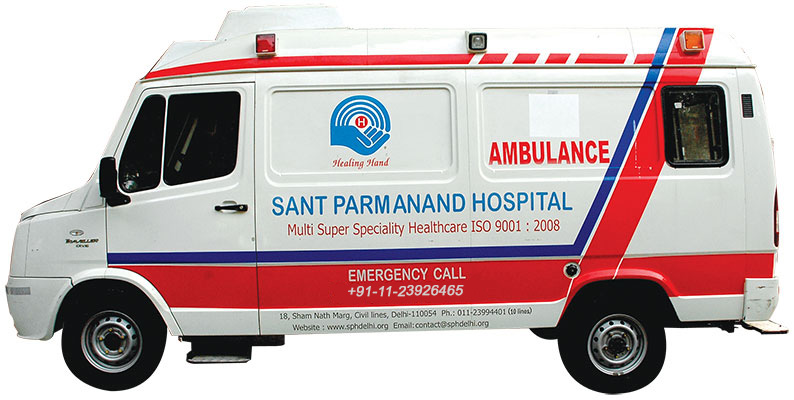Blood pressure that’s too high or too low can affect your body in serious ways. High blood pressure (hypertension) increases your risk of heart attack, stroke, and kidney problems, often without any warning signs. Low blood pressure (hypotension), while less talked about, can lead to dizziness, fainting, and in some cases, shock or organ damage if left unaddressed.
Knowing the signs, causes, and how to manage both conditions is key to staying healthy.
Factors that could trigger Hypertension
- Old age
- Genetics
- Being overweight or obese
- Physical inactivity
- High-salt diet
- Overconsumption of alcohol
- Stress
Factors that could trigger Hypotension
- Pregnancy
- Heart and heart valve conditions.
- Hormone-related diseases/endocrine conditions
- Dehydration
- Blood loss
- Severe infection
- Severe allergic reaction/anaphylaxis
- Lack of nutrients in the diet
- Low levels of vitamin B-12, folate and iron
High and Low Blood Pressure Explained
High and low blood pressure values are usually shown as two numbers. The first number, called systolic, reflects the pressure in your arteries when the heart beats. The second, known as diastolic, shows the pressure when the heart is resting between beats.
You’re considered to have high blood pressure (hypertension) if your readings on two separate occasions show a systolic pressure of 140 mmHg or higher and/or a diastolic pressure of 90 mmHg or higher.
On the other hand, low blood pressure (hypotension) is usually defined as a systolic reading below 90 mmHg and/or a diastolic reading below 60 mmHg.
If diagnosed with either of them, your doctor might prescribe medication to help manage it, depending on your overall health and any other conditions you may have.
For people with certain health issues like heart disease, stroke, diabetes, kidney problems, or a high risk of cardiovascular events, the ideal blood pressure target is below 130/80 mmHg. In general, most adults are advised to aim for a reading under 140/90 mmHg.
The only way to detect hypertension or hypotension is to have a health professional measure blood pressure. Having blood pressure measured is quick and painless. Although individuals can measure their own blood pressure using automated devices, an evaluation by a health professional is important for assessment of risk and associated conditions.
Symptoms can be silent, but not always
Most often, people with Hypertension don’t feel any symptoms. In severe cases, however, people experience:
- severe headaches
- chest pain
- dizziness
- difficulty breathing
- nausea
- vomiting
- blurred vision or other vision changes
- anxiety
- confusion
- buzzing in the ears
- nosebleeds
- abnormal heart rhythm
Hypotension symptoms can include:
- Blurred or fading vision.
- Dizzy or lightheaded feelings.
- Fainting.
- Fatigue.
- Trouble concentrating.
- Upset stomach.
Extreme low blood pressure can lead to a condition known as shock. Symptoms of shock include:
- Confusion, especially in older people.
- Cold, clammy skin.
- Decrease in skin color, also called pallor.
- Rapid, shallow breathing.
- Weak and rapid pulse.
If you are experiencing high and low blood pressure, seek care immediately. Sant Parmanand Hospital has some of the best cardiologists in Delhi NCR.
Why Early Treatment Matters ?
Both high and low blood pressure can lead to problems if ignored.
High blood pressure puts extra strain on your heart and can quietly damage organs like your kidneys and eyes over time. It raises the risk of heart disease, stroke, and kidney failure—often without any warning signs.
Low blood pressure, on the other hand, can limit blood flow to your brain and vital organs. This might make you feel faint, tired, or dizzy—and in some cases, it can lead to serious complications, especially in older adults or people with other health conditions.
Sant Parmanand Hospital is one of the best high blood pressure hospitals in Delhi, where our cardiology team provides targeted therapies and regular monitoring to help patients not only control their blood pressure but also reduce the risk of long-term complications affecting the heart, kidneys, and blood vessels.
Treatments for Hypertension
Managing high blood pressure often starts with lifestyle changes. For many people, simple daily habits can make a big difference. Eating a balanced, low-salt diet, staying physically active, losing excess weight, and quitting tobacco are all important steps that can help bring blood pressure under control.
In some cases, lifestyle changes alone aren’t enough, and that’s where medication comes in. If you’ve been diagnosed with hypertension, your doctor may recommend one or more medicines depending on your blood pressure level and whether you have other conditions like diabetes, heart disease, or kidney problems.
For people at higher risk, such as those with heart disease, diabetes, or chronic kidney disease, the target is usually to keep blood pressure below 130/80 mmHg. For most others, the goal is to stay below 140/90 mmHg.
There are different types of medicines used to manage blood pressure, and each works in its own way:
- ACE inhibitors (like enalapril, lisinopril) help relax blood vessels and protect the kidneys
- Angiotensin II receptor blockers (ARBs) (like losartan, telmisartan) work similarly to ACE inhibitors and are often used if ACEs cause side effects
- Calcium channel blockers (like amlodipine, felodipine) relax the muscles of the blood vessel
- Diuretics (like hydrochlorothiazide, chlortalidone) help the body get rid of excess salt and water, which can reduce blood pressure
Your designated doctor at the Sant Parmanand Hospital will decide the best combination for you. It is important to take medicines exactly as prescribed, even if you feel fine.
Treatments for Hypotension
Low blood pressure isn’t always a cause for concern, but if it is making you feel faint, dizzy, or weak, it is important to find out why.
In many cases, treatment depends on what’s causing the drop in pressure. If it is linked to dehydration, the solution might be as simple as drinking more fluids or adding a bit more salt to your diet (under medical supervision). For others, especially older adults, low blood pressure may be related to medicines, heart conditions, or nervous system disorders.
Your doctor may advise:
- Eating smaller, more frequent meals to prevent blood pressure dips after eating
- Wearing compression stockings to improve blood flow and reduce pooling in the legs
- Adjusting or changing medication if your current prescription is lowering your pressure too much
- Drinking more fluids to maintain blood volume, especially during hot weather or illness
In some cases, medicines like fludrocortisone or midodrine may be used to help raise blood pressure. These are usually prescribed if lifestyle changes alone aren’t enough.
FAQs
What is considered high and low blood pressure?
High blood pressure is 140/90 mmHg or above. Low blood pressure is usually anything below 90/60 mmHg.
Can high blood pressure be reversed naturally?
For many people, healthy lifestyle changes—like eating well and staying active—can bring numbers down without medicines.
What foods help stabilize blood pressure?
Fresh fruits, leafy greens, low-salt foods, whole grains, and potassium-rich items like bananas and lentils help balance BP.
How often should I check my blood pressure?
If you’ve had abnormal readings before, check it once a week—or as advised by your doctor.
Is low blood pressure dangerous?
It can be, especially if it causes fainting, falls, or affects blood flow to vital organs. It’s best to speak with a doctor if you feel unwell.
